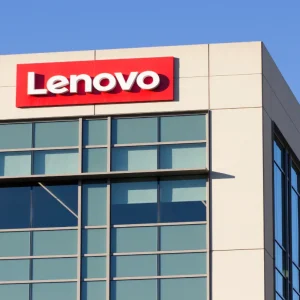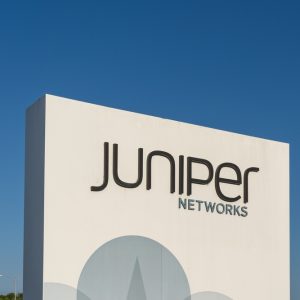The announcement follows the completion of the company’s recent trials in south east and west London.
The results reflect the fact that there is a very strong digital terrestrial television signal in London, and that this is transmitted at frequencies clearly separated from the frequencies on which new 4G at 800 MHz mobile services will be carried. Investigators believe similar results could be expected in other areas of the UK with the same characteristics.
Simon Beresford-Wylie, chief executive of at800, said: "London is a big and important market for 4G services and also has millions of Freeview viewers. Clearly it was essential for the broadcasters and the mobile operators that we run trials in London before a rollout of 4G at 800 megahertz.
"While it seems unlikely that there will be issues for the vast majority of television viewers in the capital, we will remain alert to any possible interference when rollout commences."
at800 is now running a further trial in Brighton where Freeview is transmitted at frequencies much closer to those used for new 4G at 800 MHz services. Brighton is also hilly, allowing the impact of more varied terrain on the coexistence of television and 4G at 800 MHz to be examined. These factors make it a good location for a pilot to provide data that at800 can use to help improve its forecast model and inform the way it tackles the issue in areas where similar factors apply.
Only new 4G services at 800 MHz could cause problems with Freeview; existing 4G services from EE operate at 1800 MHz and do not disrupt television.






